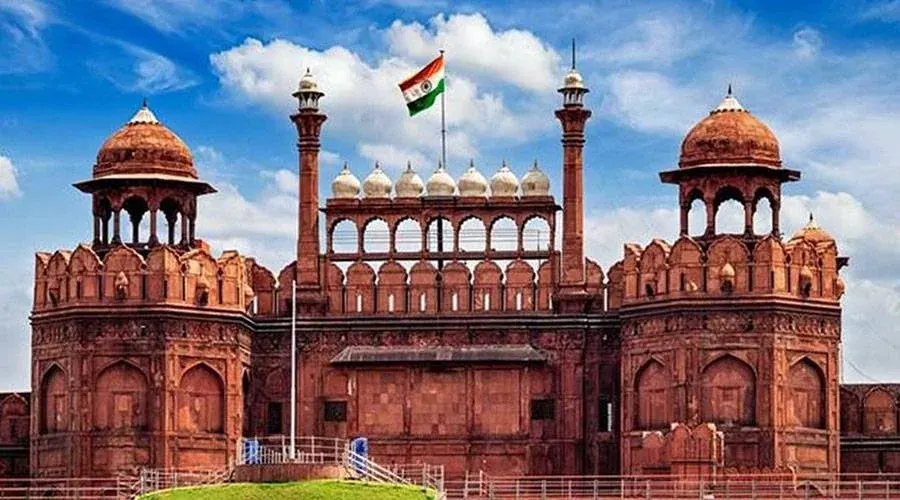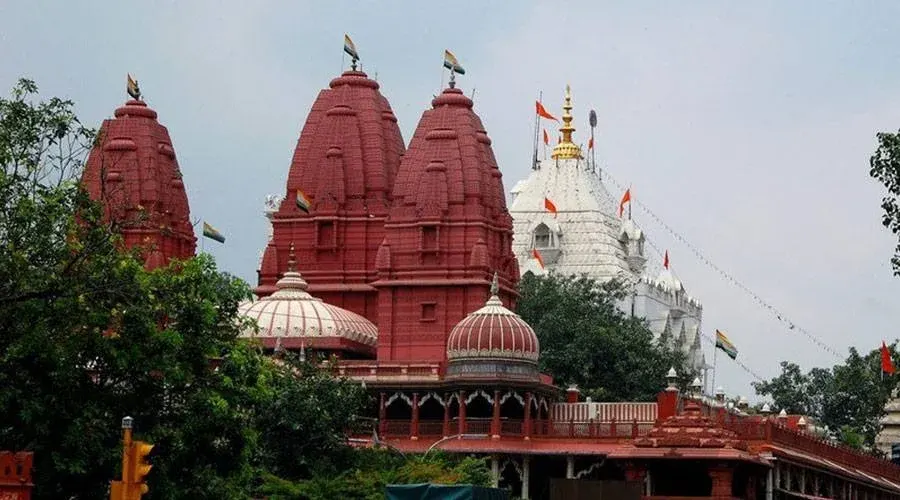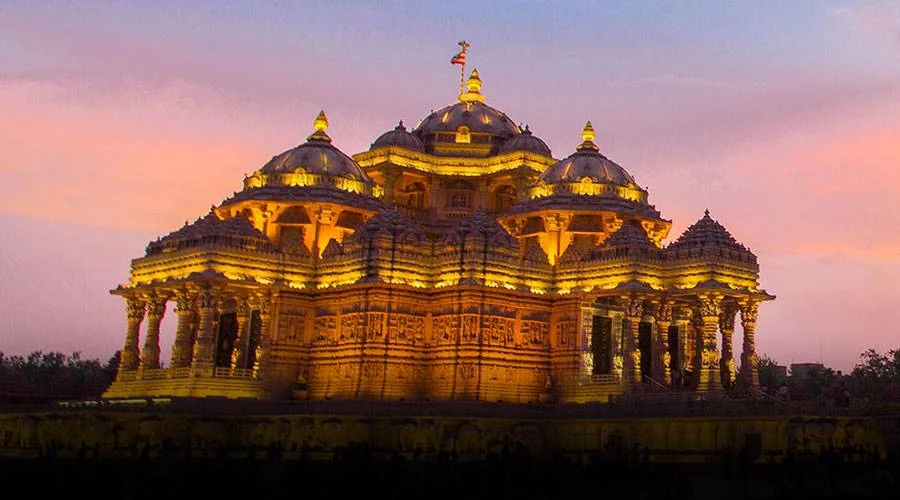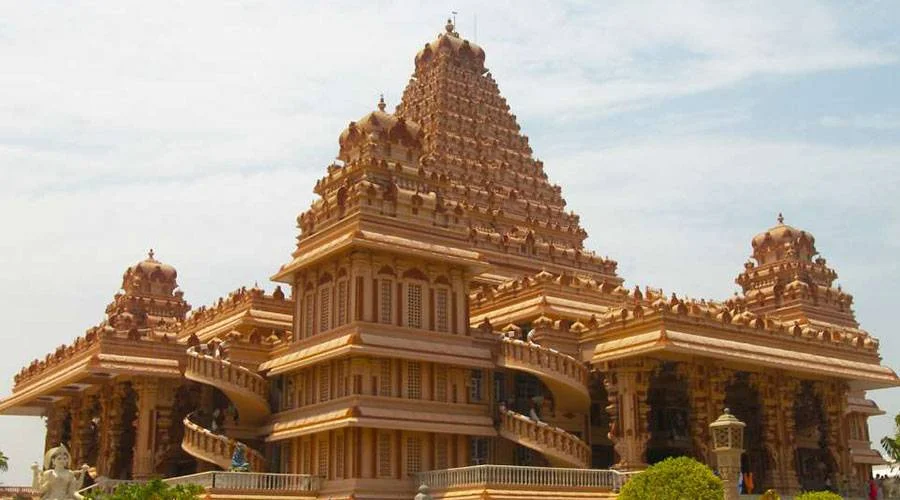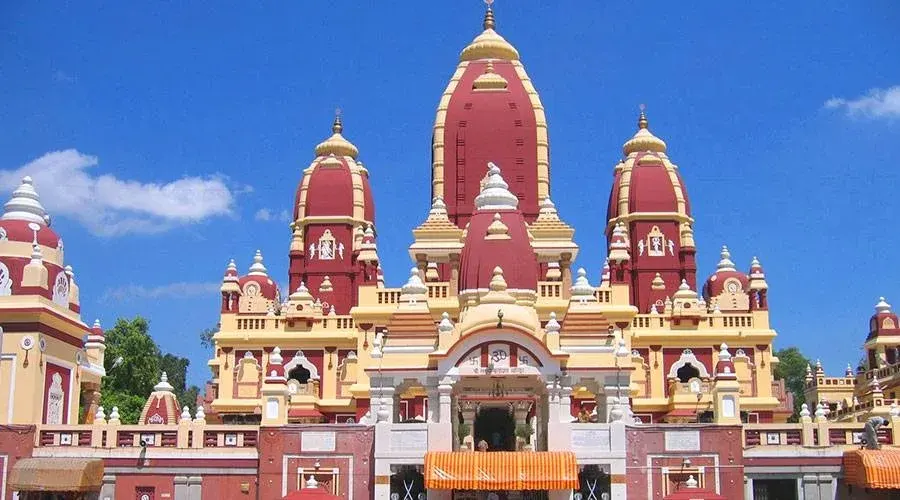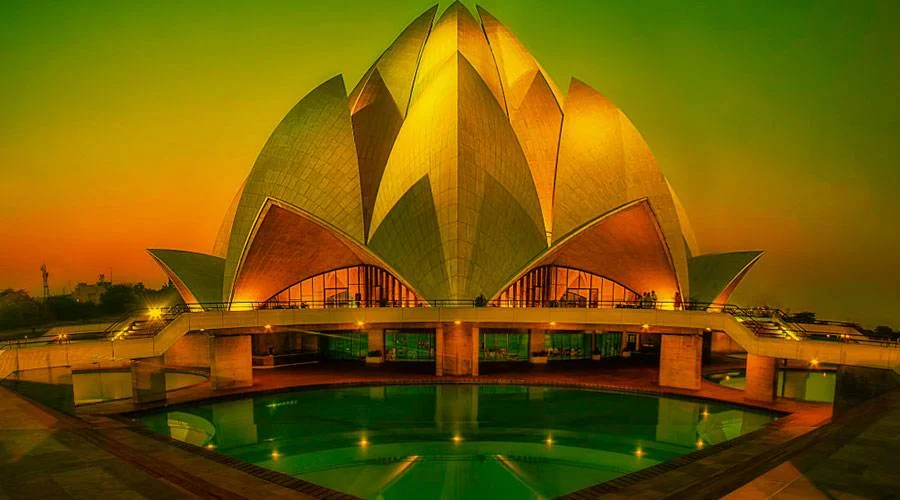Purana Qila, Delhi
Stoically standing in the placid vicinity of Indraprastha, Purana Qila or the Old Fort is a masterpiece of the ancient glory and sterling architecture of the bygone Mughal Empire, and is one of the oldest forts in Delhi. Built on the banks of the river Yamuna and spread over a vast 1.5 km of area, the monument has tons of myths and legends of the medieval era attached to it.
The gigantic citadel has three entrances and is surrounded by a moat, which is now used for boating. The lush green lawns graciously blessed with several shady trees are a haven if you are looking to spend some quiet time in the summers. The fortress constructed in traditional Mughal style and ornamented with rich embellishments attracts history buffs and archaeology enthusiasts day in and day out. In addition to this, Purana Qila hosts a light and sound show on “the seven cities of Delhi”, every evening, which is very popular among the tourists. The show highlights the evolution of New Delhi from Indraprastha.
History
Marked by many interesting historical tales, Purana Qila is one of the best places to visit for avid history lovers. Before, the fort was the inner citadel of the city of Din Panah which was renovated during Humayun’s rule in 1533 and converted into a beautiful fort. But in 1540, Sher Shah Suri; the founder of the Suri Dynasty defeated Humayun, demolished most of the structure inside to customize the fort as per his taste, and then named it Shergarh.
Once again when Humayun took back the hold of the fort from Sher Shah Suri’s son, he finished what he had started and resumed the glory of the old fort. Sher Mandal which was named after the Afghan ruler was originally conceptualized by Babur that was to be used as his son Humayun’s library and personal observatory, the construction of which only got completed when Humayun recaptured the fort from Sher Shah Suri. Ironically, Humayun took his last breath on the steep footsteps of Sher Mandal while he was hurrying to attend his daily prayer.
It is also said that the site where the old fort is located is considered to be guarding the ruins of the legendary city of Indraprastha mentioned in Mahabharata. As far as the history of the Purana Qila goes, it also became the site for Muslim refugee camps, during the Partition of India in August 1947.
Architecture
Purana Qila is a massive structure with walls rising to a height of up to 18 meters. They cover 1.5 km in length. Shaped in a rectangular pattern, the fort is adorned with three arched entrances namely the Bara Darwaza (Big Gate), the Humayun Darwaza (South Gate), and the Talaqi Darwaza (Forbidden Gate).
All three gates bear a similar feature – that is, they are double-storied structures built in sandstone and adorned with two gigantic semi-circular towers. The ornate detailing on the pavilions (chhatris) and balconies (jharokhas) of the fort gateways display traces of Rajasthani style. The Qila-i-Kunha Mosque situated within the fort exhibits five doorways and is designed in the Indo-Islamic architectural style.


